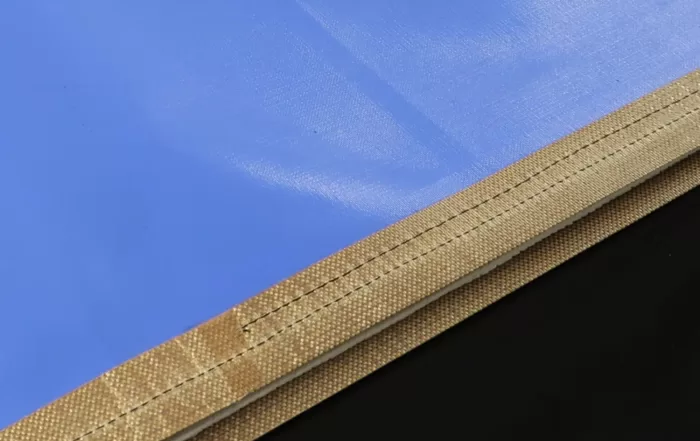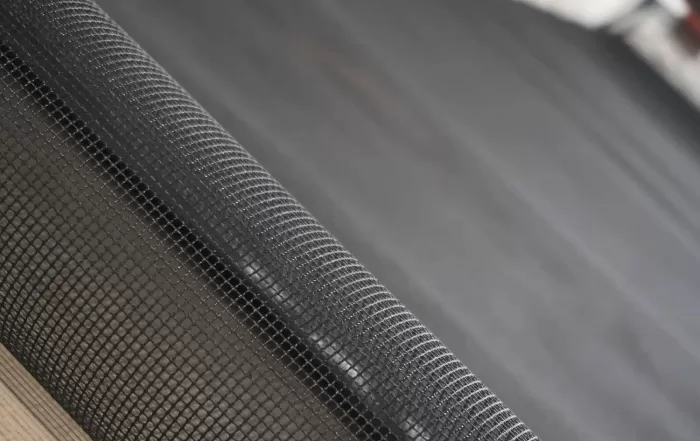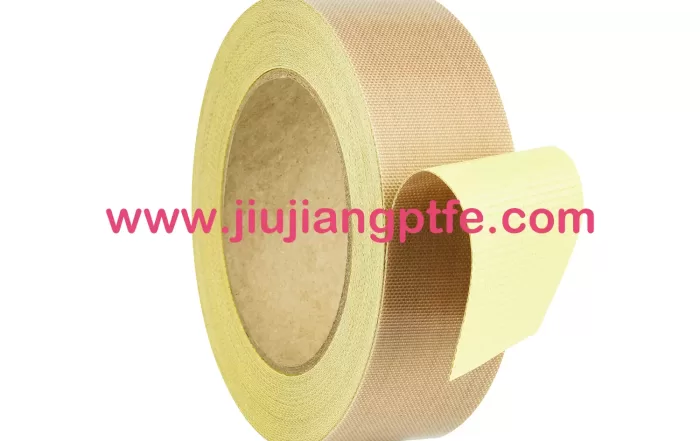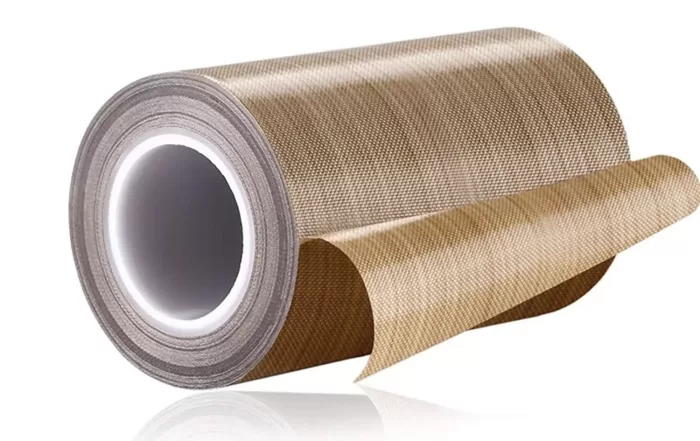The Performance Testing of Teflon Tape
The qualities of Teflon tapes also have distinction. There are a lot of differences between the production technologies and the raw materials of different manufacturer. Therefore, how do we distinguish the good tapes from the bad ones?
Today, I am going to teach you several testing techniques and methods here.
1, Laboratory Conditions
Temperature: 23±2℃
Humidity: 65±5%R, Portable CNC Cutting Machine.
2, Samples
Samples should stay in the test environment at least 24 hours.
The 3 layers that surround each roll should be discarded. And when we cut the test film, adhesion surface must not touch the fingers or other things.
3, Thickness
Thickness gauge: percentile or micrometer (according to actual needs)
Measurement: Pulling the whole roll of tape and turning the adhesive side up, and then we should use the thickness meter to measure more than 3 points at the same distance and take the average.
4, Width
We need intercept a long test piece about 30cm and leave for 20min, and take arithmetic average value after measuring several places by vernier caliper.
5, Length
Pulling the whole roll of tape and turning the adhesive side up, leave for 1H, and check the number of joints. Finally, measuring it with a tape.
6, degumming
Tearing it from the head at a speed of 3-5 seconds per meter to see if there is adhesive residue.
7. Initial Adhesion
Ball: stainless steel ball with a diameter of 1/32~1 inches
Test piece: 50mm*300mm
Step: The roller table is placed on a flat glass plate, and adjusts the ramp of the roller to a 30-degree angle. We need wipe over the surface of the table and the ball with absorbent cotton skimmed the volatile solvent (ethyl acetate) and pay attention to maintain the test plate leveling. Then the wiped ball is placed by the tweezers at the top of the roller table, and then gently presses the devolved ball valve. The ball immediately slid down the oblique table to the test piece. Choosing the size of the ball and adjusting the trajectory of the ball slide, we need record the maximum ball number that is stuck.
8, 180 ℃ peeling strength
Equipment: Tensile machine (300mm per minute)
Steel Sheet: 304 or 302 stainless steel
Size: 120mm*400mm*2.35mm
Roller: Width of Roller is 45mm, diameter is 83mm, and heavy is 2000±50g. Sulfur rubber warps the metal wheel, which thick is 6mm and hardness is 80±5.
Step: Firstly, the surface of the experimental steel sheet need to be wiped with the absorbent cotton skimmed the volatile solvent (ethyl acetate), and leave for 5min to make its surface completely dry, and then pull the glue and intercept the 3 test pieces (wide 25mm, length 250mm). It is each gently affixed to the center of the steel sheet. Then we press the test piece on the steel sheet by the roller once (speed 300mm/min and no bubble). After rolling, we protrude test pieces to lead or reverse folding with 180 degrees dorsally and sandwich in another chuck, and then record data when the pull machine starts (above 15% and the next 85% can be omitted). Lastly, take the arithmetic average value of three test pieces. We can affix 0.02-0.03mm OPP or polyester film on the other side of Teflon tape.
Note: For the back glue force, the same tape is glued to the steel plate, and then we can do the above steps.
9, Holding Power of Adhesive
Equipment: CN-4851 pressure sensitive adhesive tape tester.
Steel Sheet: 302 or 304 stainless
Steel size: 25mm* (25mm+45mm)
Roller: ditto
Step: firstly, we need wipe the experimental plate and the loading plate with absorbent cotton skimmed the volatile solvent (ethyl acetate). Secondly, the test piece should be lengthways parallel to the plate in the middle of the test plate and the loading plate, and then rolled back and forth three times by the roller with the line speed of the 300mm/min. Thirdly, the test piece should be leaved for 20min under the test conditions after pasted on the board, and the anti-test plate is fixed vertically on the test frame, and then gently link the loading plate and the 1kg weight with the pin. We need record the starting and ending time until the piece slips off the steel sheet. What’s more, we should measure three times, and take the average. According to the different tape selection, the test temperature should be 23±2℃,40±2℃.
The performance of Teflon tape can be detected by the above methods. Jiujiang PTFE Materials Co., Ltd. specializes in R&D and production and sales of Teflon products. We provide free sample services, and also can assist you in the testing and R&D of Teflon related products. If you need anything, please contact [email protected], and our engineers will contact you within 24 hours.




